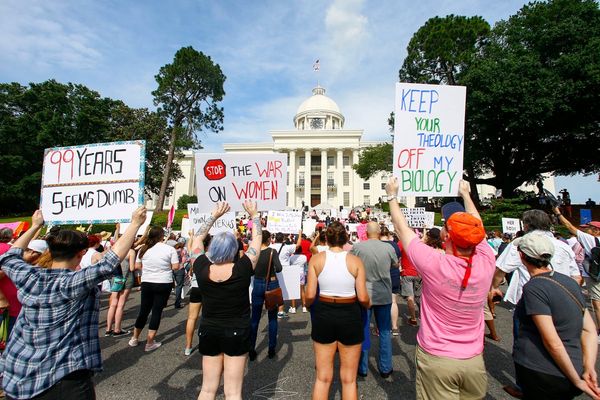
Australia’s jobless rate rose more than expected last month as more people looked for work, easing risks of another Reserve Bank rate hike.
The unemployment rate in April was 4.1%, seasonally adjusted, compared with a revised 3.9% for March, the Australian Bureau of Statistics said on Thursday. Economists had predicted the jobless rate would edge higher for a third consecutive month to 3.9%.
The economy added a net 38,500 positions with full-time roles down 6,100 while part-time positions rose 44,600. Economists had forecast employers would add 23,700 jobs in April.
The participation rate – a measure of those looking for work – ticked higher to 66.7% last month. Economists had expected it would hold steady at 66.6%. Hours worked, meanwhile, were little changed for the month.
The labour market can be volatile, such as February’s shock 116,500 jobs increase. The federal government’s budget this week predicted the unemployment rate would be 4.25% by June and 4.5% a year later.
The RBA, which sets its cash rate according to its own forecasts for employment and inflation, earlier this month predicted the jobless rate would be 4% by June, then 4.2% by year’s end and 4.3% in June 2025.
The government has forecast inflation would be back to the RBA’s target 2-3% band by December, a result that would increase the chances of a cut in interest rates and eliminate the risk of a 14th rate increase in this cycle.
The jobless rate was also 4.1% in January. Before then the last time the unemployment figure was this high was in January 2022.
Investors said the labour data suggested another rate rise was less likely – with the dollar easing a tenth of a US cent to about 66.9 US cents.
The stock market, where lower interest rates boost many firms’ profits, had a more notable uptick. Already up about 1.4% for the day, the benchmark ASX200 share index increased its advance to about 1.7%.
Bjorn Jarvis, ABS’s head of labour statistics, said the economy needed to add about 30,000 jobs a month to keep the jobless rate steady given population increases.
“The employment-to-population ratio remained steady at 64% in April, indicating that recent employment growth is broadly keeping pace with population growth,” Jarvis said. “This suggests that the labour market remains tight, though less tight than late 2022 and early 2023.”
The timing of Easter – falling entirely within April – could also factor in the results.
“In contrast to what we saw last year, when fewer people than usual took time off around the Easter holidays in April 2023, the proportion of people working reduced hours in April 2024 was more similar to what we saw before the Covid-19 pandemic,” Jarvis said.
All states and territories posted a rise in the unemployment rate except Queensland, which remained steady at 4.1%. NSW’s rate was up to 4% from 3.8%, Victoria rose to 4.2% from 4.1% and Western Australia jumped to 3.9% from 3.4%.
The ACT, which had the lowest jobless rate at 2.9% in March, saw its figure pick up to 3.8%, still the lowest in the nation.







